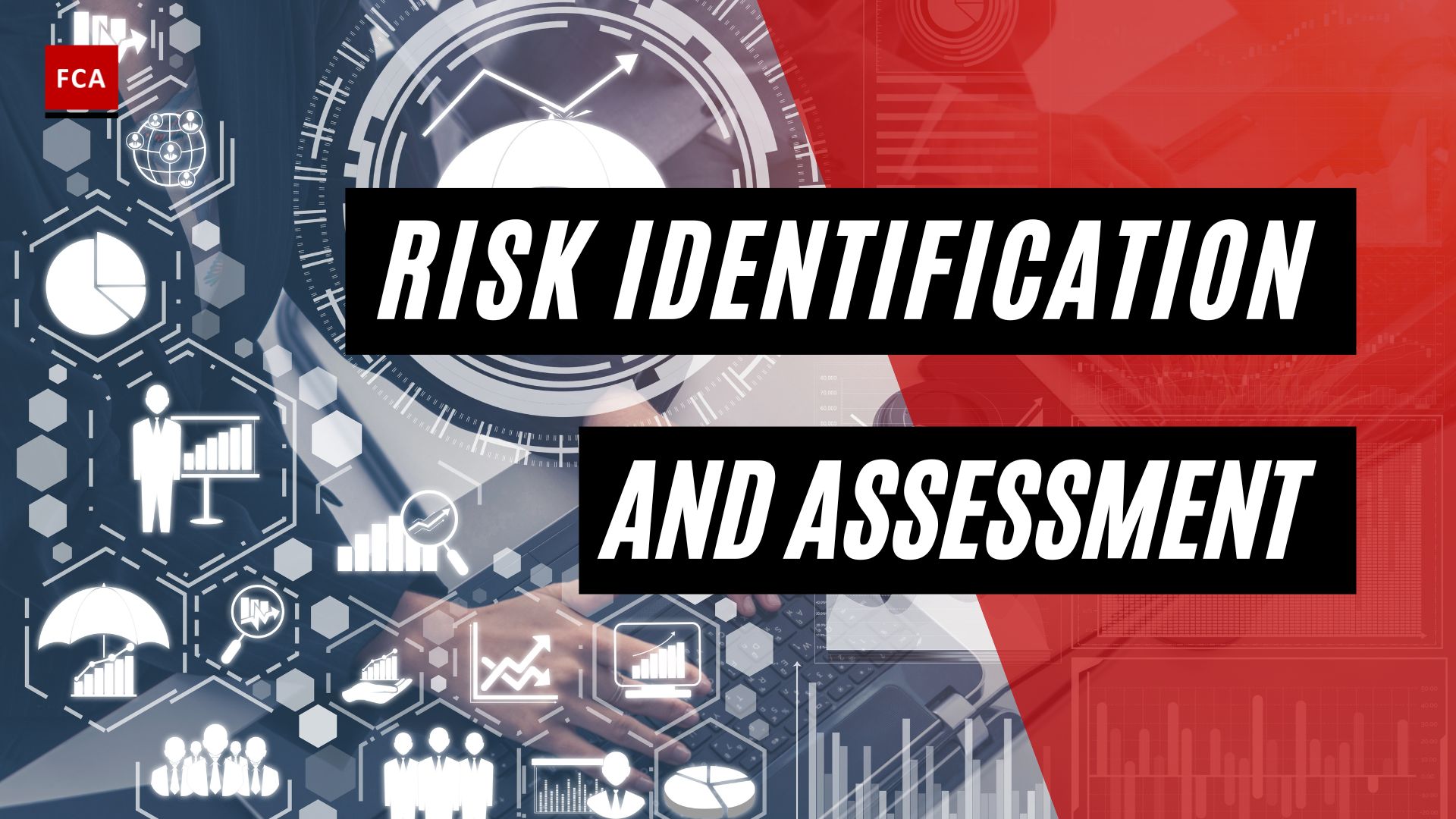Identify potential inherent fraud risks and schemes. The knowledge base is created to identify potential inherent fraud risks in the business and operations of the organization. The knowledge base is created through meetings and coordination with people in the organization. Such coordination and meeting may include interviews, discussions, and observations of the processes and activities. Process owners are the people who possess the actual knowledge base of the operations and activities in their relevant departments.

Identify Potential Inherent Fraud Risks And Schemes
Knowledge is also gained by analyzing actual fraud incidents that occurred and were reported within the organization. The operational loss database of the organization includes fraud incidents that occurred at different locations and departments, with their financial and reputational impacts. Such a loss database serves as the reference point to identify the trend of fraudulent activities.
External sources such as customer information in the form of complaints or inquiries may also indicate the possibility of fraud risks in a particular department or function. Regulatory authorities may also enquire regarding potential frauds, which also serves as the identification point for fraud risks in a particular area of the organization.
Industry study and trends analysis may also indicate internal frauds if the industry is growing in a particular area, but the organization itself is struggling to grow. Senior management must analyze these trends to identify existing or potential fraud risks which are inherent in the processes and departments.
Fraud Risks
Fraud risks may also be identified by analyzing regulatory breaches and fines imposed by the regulators. Indicators of fraud also include the pressures on employees from the senior management to meet the targets, causing pressures on employees resulting in fraud incidents.
To identify the fraud risks, the intentions and reputation of the management are also considered. Management includes the Board of Directors and Senior Management of the organization responsible for setting the direction and providing supervision to the management and employees. The history and reputation of the key executives are considered from the perspective of overriding internal controls and involving in fraudulent activities.
Possibility of occurrence through different fraud schemes are considered such as fraudulent financial reporting, misappropriation of assets, and corruption.
Fraud Risk Management Principles
Management should first consider the Fraud Risk Management Principles developed by the Committee of Sponsoring Organizations of the Treadway Commission (COSO) and ACFE to better understand all aspects of performing a successful fraud risk assessment. By establishing a structured approach to fraud risk governance, periodic assessment, and continuous monitoring, these principles assist an organization in preventing and detecting fraud. These principles were created in accordance with COSO’s five components (Control Environment, Risk Assessment, Control Activities, Information & Communication, and Monitoring Activities) and 17 internal control principles, which guide organizations in designing and implementing an effective internal control system.

Perform A Comprehensive Fraud Risk Assessment
Fraud risk assessments should be tailored to each company’s industry, risks, and needs, focusing on the risk of fraudulent financial reporting, asset misappropriation, and corruption. The goal of this article is to focus on Fraud Risk Management Principle , which deals with the performance of the fraud risk assessment. Management should consider the following fraud risk areas, among others:
- Revenue
- Cash
- Financial Reporting
- Inventory
- Payroll
- Procurement
- Travel and Expenditures
- Disbursements
Companies’ management may be required to make quick decisions, delegate responsibilities to newly hired employees, or take on additional responsibilities themselves. Because of factors such as a lack of segregation of duties, all potential scenarios present an increased risk of fraud. Management must always be vigilant for typical fraud indicators, also known as “red flags,” in order to determine if a fraud has occurred; this is especially true during periods of business growth that may expose vulnerabilities.
Final Thoughts
According to the Fraud Risk Management Principle, management should conduct a risk assessment to identify specific fraud schemes and risks, weighing the likelihood of occurrence and financial impact. A thorough assessment will also include an assessment of existing preventive and detective fraud control activities, as well as a plan for implementing additional activities to mitigate residual risk. To help stay prepared, organizations should reassess the adequacy of their fraud risk management plans when the act occurs at other companies; doing so often leads to improvements to their own plans.








